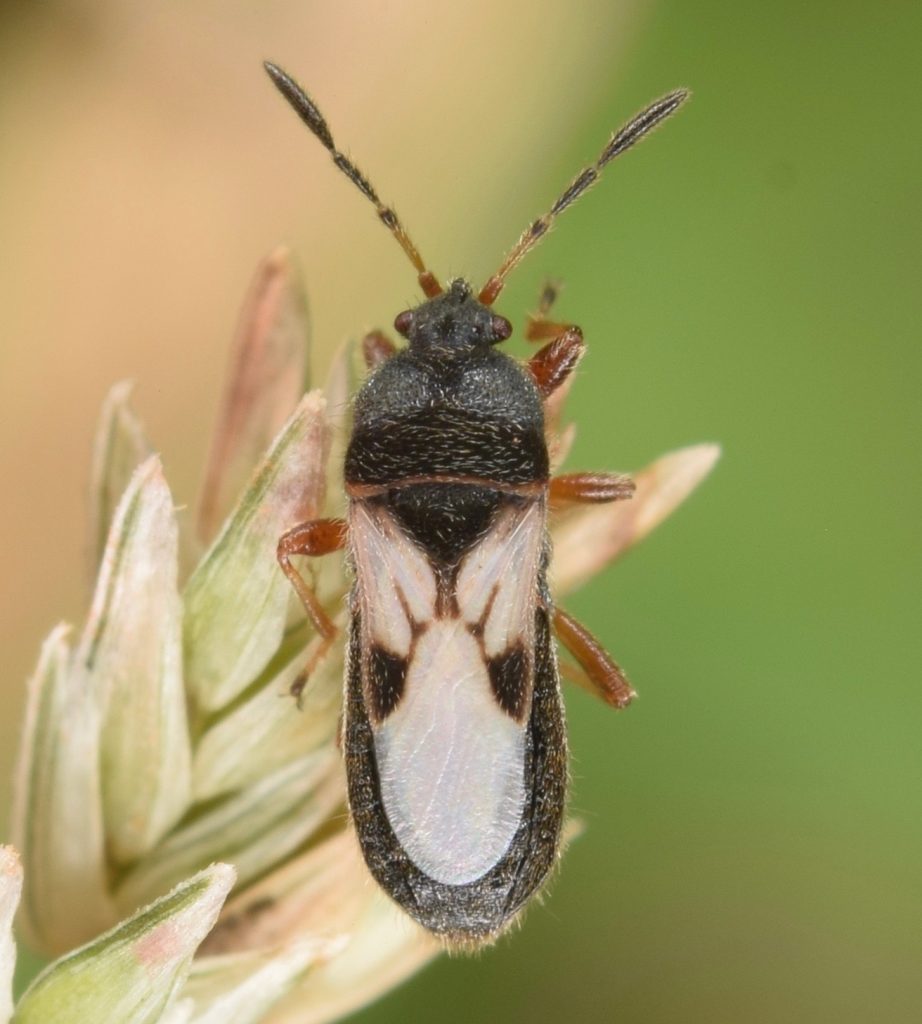

It also has been effective against billbug larvae in Colorado State University trials. In laboratory and field trials, it has controlled sod webworms, cutworms and certain borers (raspberry crown borer, carpenter worm). In field applications, Steinernema carpocapsae tend to be most effective against caterpillar larvae. It is the most readily available for yard and Garden use because it is easier to rear and handle. Steinernema is the most widely researched species for insect control. They stay near the surface waiting to ambush surface dwelling pests. It's most effective against flea larvae and caterpillars in lawns, garden soil, and under trees where larvae pupate. Kills pre-adult fleas in the yard, and pet run areas and soil.
CINCH BUGS SKIN
They are highly efficent when the pest is more widely dispersed in the soil because they have a "tooth" to rupture the insect's skin and enter through the insect's body wall and openings.

Target pests include: Cucumber Beetle, Grubs, Gall midge, Strawberry Rootweevil, May/June Beetle, Masked Chafer, Cranberry Rootworm, Flea, Scarab and Japanese beetles, Straw- berry Root and Black-vine Weevils, Chafer, Squash Bugs, Leaf Beetles, Termite, Cutworms, White Grubs, Algae Gnats, Black Fly, Potato Tubeworm, Meal Worm, Bark Beetle, Corn Root Weevil, Fire Ant, sting Bugs, Pine Beetle, Gall Gnats, Gypsy Moth, Corn Root Worm, Billbug, Colorado Potato Beetle, Thrips, Ants and termites (apply directly to mound and nest areas),and many other deep soil dwelling insects.

They burrow down in the soil to a depth of 7", have shown superior host-seeking abilities in looking for deep soil- dwelling pests. Heterorhabditis Bacteriophora Nematodes (HB)Īre most effective against Japanese Beetles, Grubs, Weevils, and many other target pests in lawn and garden. They are a natural effective alternative to chemical pesticides. Beneficial nematodes seek out and kill over 200 pest insects in the soil.
CINCH BUGS REGISTRATION
The United States Environmental Protection Agency (EPA) has ruled that nematodes are exempt from registration because they occur naturally and require no genetic modification by man.īeneficial nematodes can be applied anytime during the year when soil-dwelling insects are present and soil tempertures are above 52-F during the day. This makes nematode use for insect pest control safe and environmentally friendly. They are a natural and effective alternative to chemical pesticides, and have no detrimental affect on non-target species such as ladybugs, earth worms and other helpful garden insects.Finally, there is no evidence that parasitic nematodes or their symbiotic bacteria can develop in vertebrates. More than 200 species of insect pests from 100 insect families are susceptible to these insect predators. They can be used to control a broad range of soil-inhabiting insects and above-ground insects in their soil-inhabiting stage of life. Beneficial nematodes seek out and kill all stages of harmful soil-dwelling insects.


 0 kommentar(er)
0 kommentar(er)
